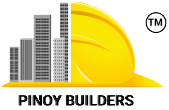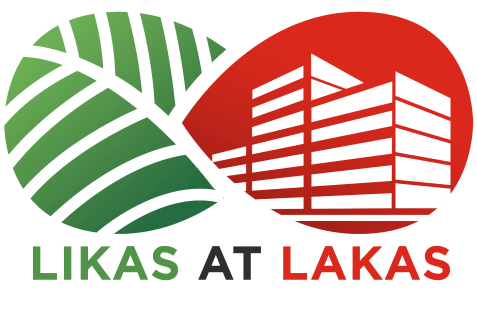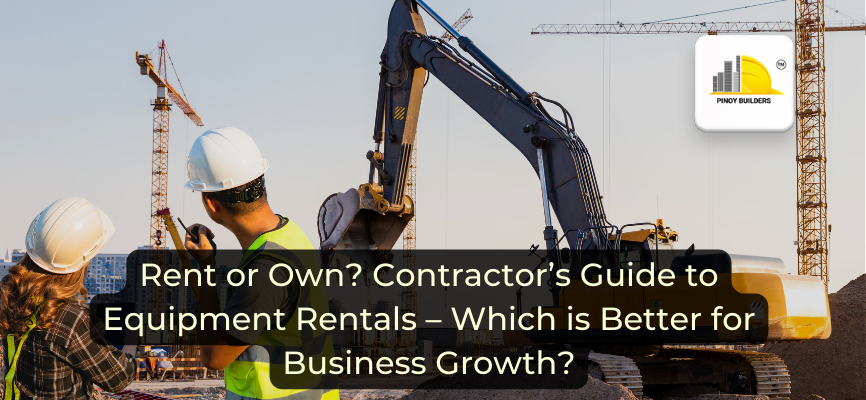Scaffolding is a key part of construction work, giving workers a sturdy and safe platform to handle tasks at different heights. Whether it’s painting walls, installing ceilings, or building an entire structure, scaffolding helps make the job faster and, not to mention, safer.
The question for many construction businesses is whether to own their own scaffolding or simply rent one when needed. Not every construction project absolutely requires scaffolding, which is why some choose to only rent. However, scaffolding is a helpful and beneficial structure that can make projects easier. Both options have their benefits, and the right choice depends on your project size, budget, and how often you’ll need the equipment.
In this article, we’ll break down what scaffolding is used for, when it’s worth renting or buying, and practical tips to make sure you get the best value and keep your team safe.
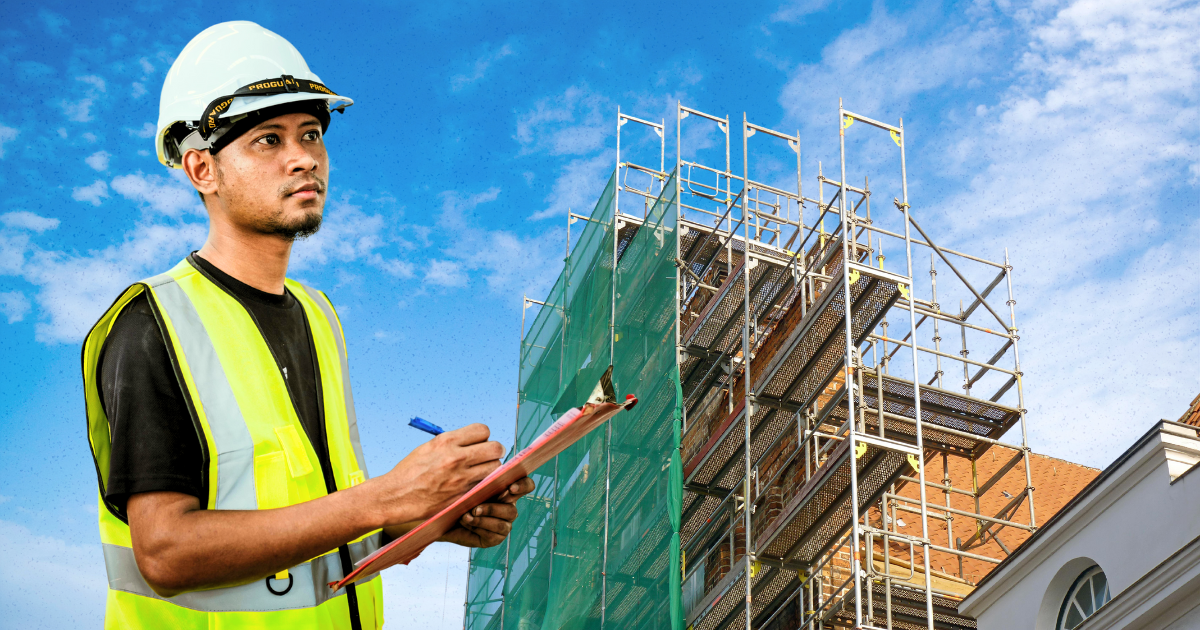
What is Scaffolding and Why is it Essential in Construction?
Scaffolding is a temporary structure designed to provide workers with stability and support when working at heights. It also serves as a platform for tools and materials, making work faster and safer. Its very purpose is to ensure efficiency and safety in projects that need it, which are two key factors for successful construction.
Not all construction will require scaffolding. Examples of projects that need scaffolding include:
- Large-scale projects involving high-rise work.
- Repairs or installations that require long hours at elevated levels.
- Jobs where multiple elevated points need simultaneous access.
If your project fits the description, then scaffolding is necessary. From here, the next step is deciding whether to rent or buy. This decision depends on the type of project that you have, not just currently, but the type of projects your company most often works on:
| Renting | Buying |
| Best for short-term or one-off projects. It removes storage concerns and offers flexibility. | Ideal for businesses with regular construction work. It provides full control over equipment condition and immediate access. |
Renting vs. Buying
- Project size and frequency:If you’re buying or renting second-hand scaffolding, look for bent frames, cracked welds, or corroded joints. It’s important to replace any compromised parts to prevent collapse on-site.
- Budget: Renting reduces initial costs. Buying requires investment but becomes economical with frequent use.
- Storage and maintenance: Ownership means you need space and upkeep for equipment.
- Compliance and safety standards: Make sure any scaffolding meets Philippine safety regulations.
Safety and Maintenance Tips for Effective Scaffolding Use
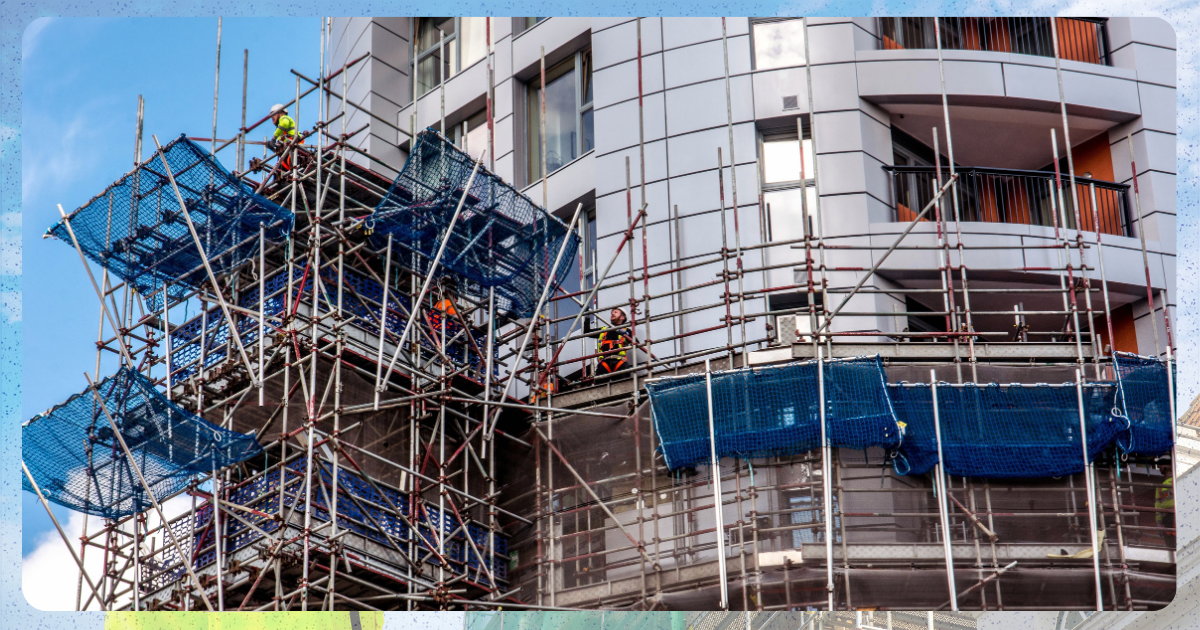
Scaffolding safety goes beyond setup. Proper inspection and maintenance reduce the risk of accidents and ensure long-term reliability. Follow these essential guidelines to ensure the safe use of scaffolding.
Before Assembly
- Check for damage or rust: If you’re buying or renting a second-hand scaffolding, look for bent frames, cracked welds, or corroded joints. It’s important to replace any compromised parts to prevent collapse on-site.
- Verify components: Check all braces, planks, and locking pins and make sure that they are complete and in good condition.
During Setup
- Assemble on level ground: Uneven surfaces can cause tilting. When setting up scaffolding, use base plates or adjustable screw jacks to stabilize the structure.
- Secure connections: Make sure that every joint and fastener is locked to avoid movement during use.
- Install guardrails and toe boards: Guardrails and toe boards protect workers from falls and prevent tools from slipping off when in use.
While in Use
- Do not overload: When using, make sure to observe the manufacturer’s weight limit. This includes workers, tools, and materials. Failure to follow will result in overloading and potential structural failure.
- Use proper access: Provide ladders or stair units for safe climbing instead of makeshift steps.
Regular Maintenance
- Clean after every project: Remove dirt, cement, and debris from scaffolding to prevent premature wear.
- Store in a dry, shaded area: Moisture accelerates rusting and weakens metal parts, so it’s important to keep the structure dry and protected.
- Schedule periodic inspections: Even stored scaffolding needs quarterly checks for integrity. Make sure to make regular inspections and maintenance.
Scaffolding is a very important structure in many construction projects. Applying these practices improves its safety, preventing costly repairs and extending the life of the structure. Consistent maintenance keeps the scaffolding equipment in good condition for repeated use.
Make the Best Choice for Your Next Project
Scaffolding is vital for safe and efficient construction work. The decision to rent or buy depends on project frequency, budget, and available resources. Carefully evaluate your needs to choose the option that offers the best value. Assess your upcoming projects today and decide which approach works best for your team.
References
Flyability. (n.d.). Ultimate Guide to Scaffolding: Types, Uses, and Safety. Flyability. Retrieved July 17, 2025, from https://www.flyability.com/blog/scaffolding
Wikipedia, the free encyclopedia. (n.d.). Scaffolding. Wikipedia, the free encyclopedia. Retrieved July 17, 2025, from https://en.wikipedia.org/wiki/Scaffolding
